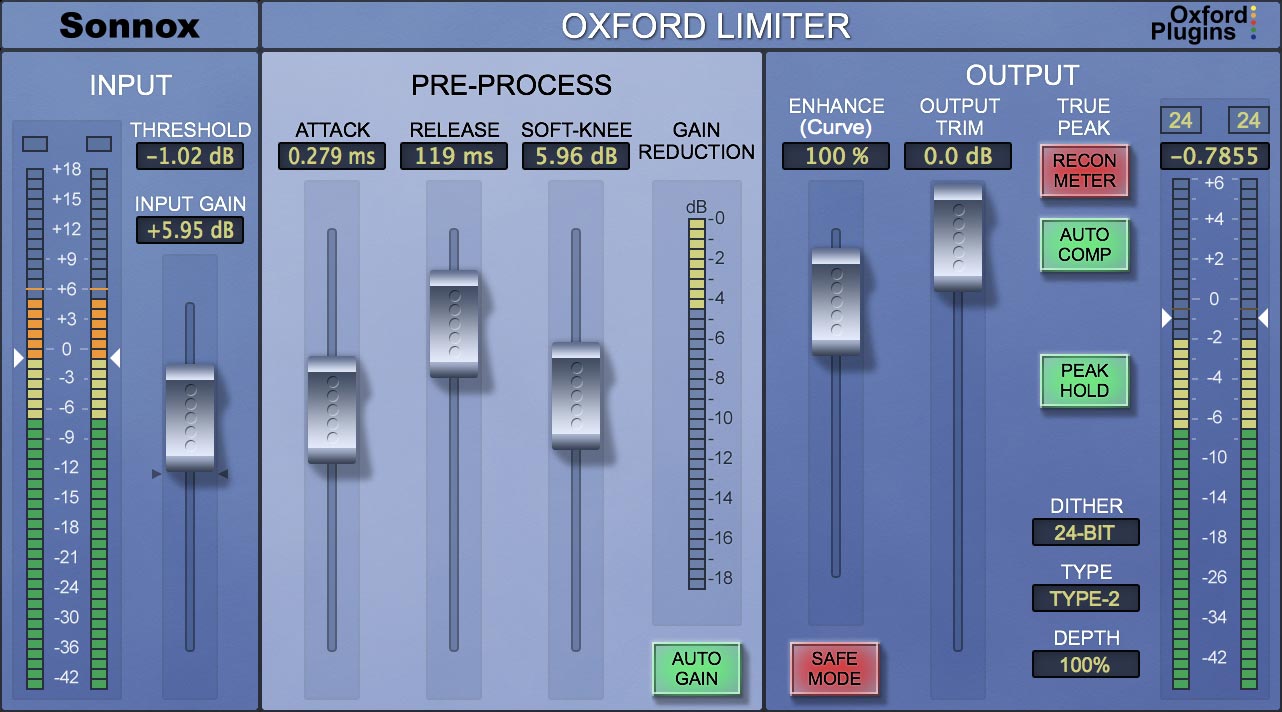

Once the lock strength rises to be above a certain level, the plug-in automatically sets the nominal frequency to the frequency of the peak found. By default the plug-in assumes Auto mode, continuously hunting either side of the nominal frequency for a peak profile. The DeBuzzer has three modes, Fast, Auto and Freeze. In the same way as you can tune a guitar, as you home into the fundamental, the beat frequency between the tone and the fundamental will become slower and slower the closer you get. The third method of isolating the fundamental frequency is a tone generator. It will automatically mark the three highest peaks found, and you can set the nominal frequency by clicking one of the peaks on the graph. Second is the large FFT display which accentuates any frequency components that are consistently present, making them stand out in the plot. The DeBuzzer has several ways of helping isolate the fundamental frequency.įirst is the Peak Profile that is displayed above the central rotary control, which shows the strength of a given nominal frequency in the input signal. For this process to work well, the fundamental frequency must be very accurately determined. The comb filter has many tight notches that eliminate the fundamental frequency and associated harmonics of the buzz. Buzz removal is usually accomplished using a comb filter.

The KORG SDD-3000 Digital Delay is available for $199 USD.The Sonnox Oxford DeBuzzer is divided into two stages: Detection and Removal.

Filled with JRC-made op-amps - the same type as many classic preamp, boost, and overdrive pedals of the era - the UAD KORG SDD-3000 Digital Delay plug-in precisely emulates this ultra-musical analog circuit. In crafting the KORG SDD-3000 plug-in, Universal Audio meticulously modeled a vintage “golden unit,” capturing its famed analog preamp and output section. The SDD-3000 also found a home in early new wave and 80’s synth music, as well as heavy use by producer/guitarist Daniel Lanois and producer William Orbit. Introduced in 1982, the KORG SDD-3000 Digital Delay was popularized by U2 guitarist, The Edge, to forge one of the most identifiable guitar sounds in the history of rock.


 0 kommentar(er)
0 kommentar(er)
